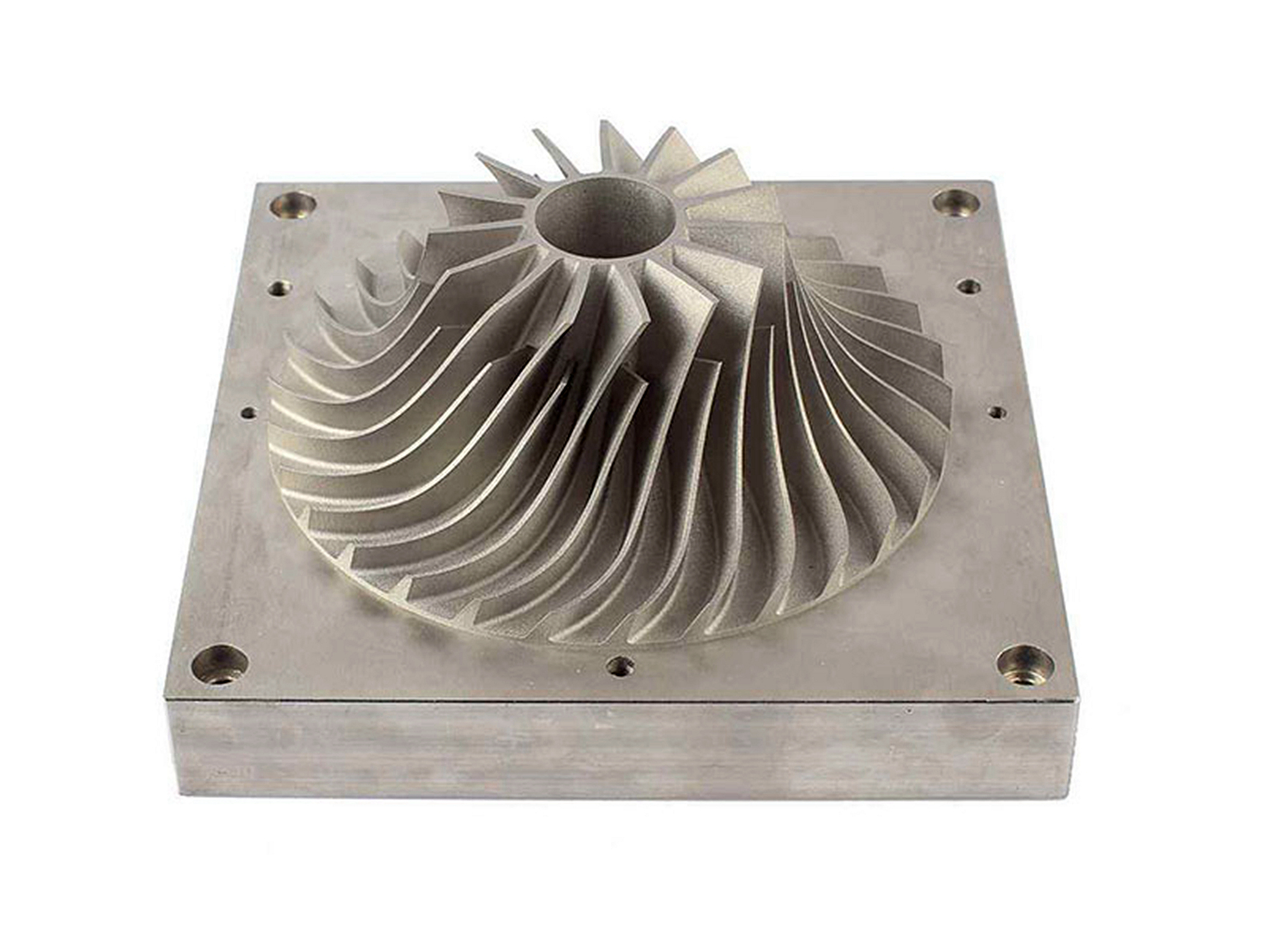What Is Selective Laser Melting (SLM)?
Selective Laser Melting (SLM) is an advanced metal additive manufacturing technology that utilizes high-power lasers to fuse metallic powder into solid, fully dense metal parts. Widely adopted in industries requiring precision and reliability, SLM stands at the forefront of modern CNC and additive manufacturing, enabling the production of complex metal components with enhanced mechanical properties such as those achieved with Inconel 718.
How Does Selective Laser Melting (SLM) Work?
Selective Laser Melting involves a high-powered laser that selectively melts and fuses metal powder layer by layer. Here's a step-by-step breakdown:
Design Preparation: Create a 3D digital model (usually via CAD software).
Powder Layering: A thin layer of metal powder, like aluminum alloy, is evenly spread across the build platform.
Laser Melting: Guided by the digital model, a laser precisely melts the powder, solidifying it upon cooling.
Layer-by-Layer Building: After each layer solidifies, the build platform lowers, and a new powder layer is applied. The process repeats until the part is fully built.
Post-processing: Completed components undergo removal, cleaning, heat treatments, and surface treatments such as sandblasting.
Commonly Used Materials:
Titanium alloys (Ti-6Al-4V)
Aluminum alloys
Stainless Steel alloys
Nickel-based superalloys like Inconel 625
Applications and Industries Utilizing SLM
SLM is widely utilized across various demanding industries, such as:
Aerospace: Production of lightweight, high-strength components, including turbine blades and complex engine parts.
Automotive: Customized components, prototype manufacturing, and precision parts for high-performance vehicles.
Medical and Dental: Orthopedic implants, dental prosthetics, and customized surgical instruments.
Energy Sector: Durable components capable of withstanding extreme operational conditions, like heat exchangers.
Challenges and Limitations of SLM
While SLM offers numerous advantages, certain challenges exist, including:
Cost: High initial investment due to specialized equipment, premium materials like superalloys, and skilled labor.
Post-processing Needs: Components often require significant finishing, such as CNC machining or polishing.
Material Constraints: Limited to specific metal powders, making material selection critical.
SLM vs. Other Additive Manufacturing Technologies
Understanding how SLM compares to similar additive manufacturing processes clarifies its unique advantages and potential limitations:
Compared to Direct Metal Laser Sintering (DMLS), SLM fully melts powder, yielding fully dense parts with superior mechanical strength.
Compared to Electron Beam Melting (EBM), SLM provides finer detail and smoother finishes, beneficial for precision-focused applications.
Benefits of Integrating SLM with CNC Machining and Prototyping
Combining SLM with CNC machining services and rapid prototyping enhances manufacturing capabilities, providing:
Rapid Prototyping: Quickly test and refine complex designs.
Complexity and Precision: Produce intricate parts challenging to manufacture traditionally.
Customization: Easily adapt parts for niche, highly specialized markets.
Future Trends in Selective Laser Melting
SLM technology continues to evolve, with innovations anticipated in:
Advanced Materials: New metal powders like high-temperature alloys, including Hastelloy.
Machine Enhancements: Increased laser precision, speed, and lower operating costs.
Automation and AI Integration: Advanced software optimization for waste reduction and improved product quality.
Conclusion
Selective Laser Melting has transformed the additive manufacturing industry, delivering unparalleled precision, complexity, and strength. As industries innovate and adopt SLM, its role as a cornerstone in modern manufacturing will continue solidifying.
FAQs
What industries commonly use Selective Laser Melting (SLM)?
How accurate are parts produced by the SLM process?
What metals can be used with Selective Laser Melting?
How does SLM differ from other additive manufacturing technologies?
What are typical post-processing steps required after using the SLM process?

